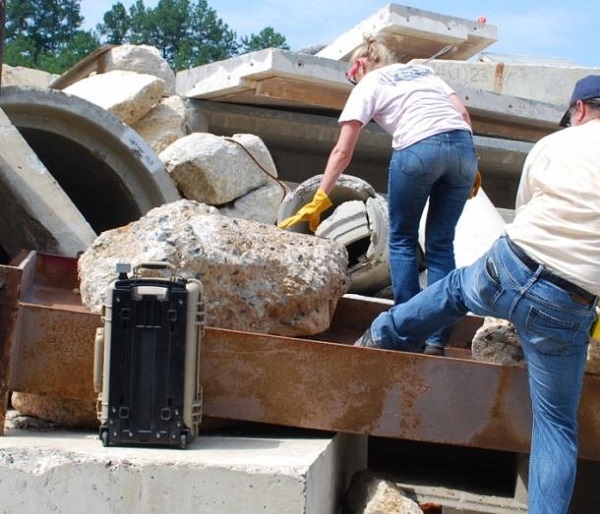A portable radar device that resulted from NASA’s collaboration with the US Department of Homeland Security could represent new hope for the victims of calamities that remain blocked under debris.
When faced with Mother Nature, humans don’t really stand a chance. From time to time, however, we find means of improving the survival rate of victims. When getting under debris, the victims of disasters may be unconscious or in a state of shock that prevents them from reaching for help. The purpose is to get them out as soon as possible, so as to minimize the effect of their injuries, and there is one constant that can help us do just that: their heartbeat. Starting from this idea, NASA developed a radar that detects heartbeats and breathing under debris, and enables rescue teams to reach the victims in time.

FINDER, the name of this portable radar, is more than just a word that defines the function of the device. It is actually an acronym that stands for Finding Individuals for Disaster and Emergency Response. The way it works is rather simple: FINDER transmits a low-power microwave radar signal through the debris. Depending on the signals that bounce back, some patterns may indicate the presence of human life under the rubble. Of course, the one performing the analysis will have to know how to differentiate human hearts from rats. Once this is done, the rubble will be removed carefully, so as not to injure the victim even more.
James Lux, the FINDER task manager at NASA’s Jet Propulsion Lab, stated that “Detecting small motions from the victim’s heartbeat and breathing from a distance uses the same kind of signal processing as detecting the small changes in motion of spacecraft like Cassini as it orbits Saturn.”
As it weighs under 20 pounds and detects heartbeats and breathing under 20 feet of debris, the FINDER radar has great chances of becoming indispensable in rescue missions. Some skeptics claim that whoever is saved with the help of this radar would later die from radiation poisoning, but that is not really true, as FINDER makes use of low frequency, low energy, non-ionizing radiation in the form of microwaves, which are not harmful in any way.
Obviously, the FINDER portable radar will play an important role on our planet, where plenty of disasters take place without notice. Still, NASA intends to use it in space, too. Such a device could eliminate the need for wires when monitoring astronauts.
If you liked this post, please check the U.S. Army advice on how to handle the zombie apocalypse and this social media emergency infographic.










